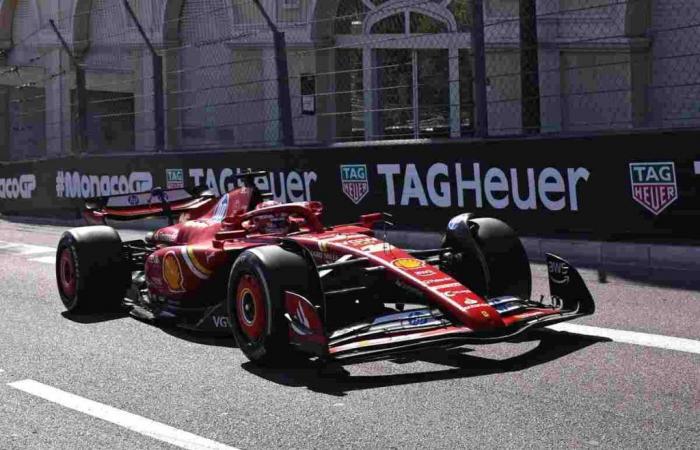Modern Power Units can reach impressive performance peaks, but how long do they last? The numbers don’t lie.
With the launch of the first hybrid Power Units in 2014, the premier category of Motorsport has achieved spectacular results in terms of reliability. In the past it very often happened that drivers did not finish races due to technical problems. White smoke was quite common and didn’t just affect smaller teams. There were more variables on track, but technical failures of thermal engines were a constant.
In terms of spectacle, the races have become more predictable. F1 has always been cyclical but no one had ever touched Mercedes’ supremacy with 8 consecutive constructors’ titles. Furthermore, Ferrari no longer fought for a world title until the end. The last championship, in fact, fought until the last act was the one with Fernando Alonso in the cockpit of a Red in 2012. With the relaunch of ground effect cars again with V6 hybrid PUs with around 1000 HP of overall power, the a new chapter opened, characterized by the victories of Max Verstappen on the Honda-powered RB Racing.
To date, there are only four engine manufacturers in F1. In addition to Honda which will be alongside Aston Martin from 2026, Ferrari, Mercedes and Renault remain. In two years the Germans from Audi will also arrive and will want to ride the hype of the new rules to rise to the highest levels in the circus. It won’t be easy to combine performance and reliability right from the start, and in this regard Honda’s example is clear. The house in Tokyo took many years, in collaboration with McLaren, to find the right competitiveness in F1. Thanks to the partnership with Red Bull, important results have been achieved that have even overshadowed the historic ones recorded with the Senna-Prost duo.
The reliability of F1 PUs
Ground effect cars have the most powerful and durable engines ever. The Power Units of the wing cars are, according to data released online, capable of covering a maximum distance of approximately 2500 km without having power drops or technical failures. These are irrepressible engines. Consider that on cars from the early 2000s, such as the Ferraris of Michael Schumacher’s victory era, a maximum mileage of around 350km was reached, and the teams used to change engines between qualifying and the Grand Prix to minimize the risk of breakages . Here is the progress of the Ferrari SF-24.
Today, drivers must also manage some parameters in the race, through specific driving modes, to extend the life of the engines. They can replace 4 in the course of a championship. There is no longer the need to push from the first to the last lap of the GPs, also due to the lack of petrol supplies. F1 has changed, but at least the PUs have become stronger than ever.






